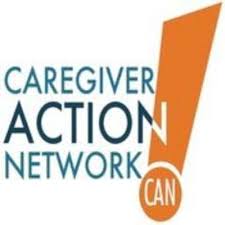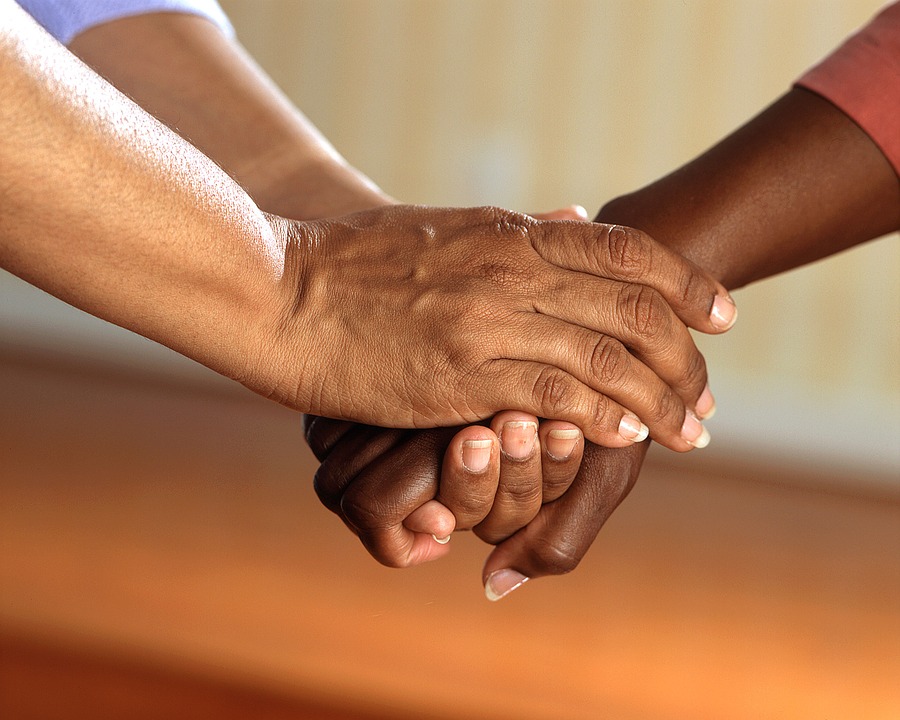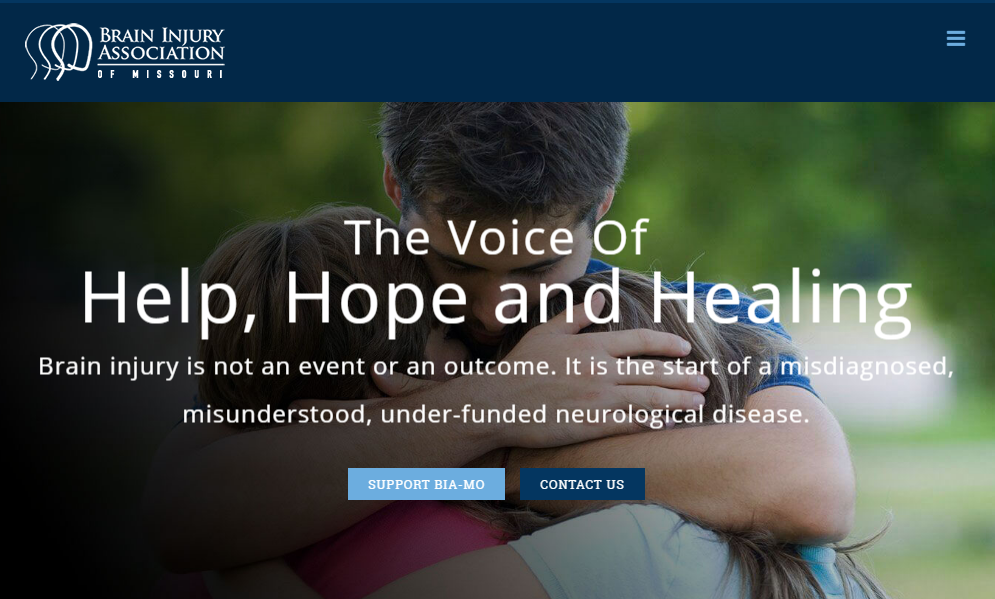Hope And Healing Fibromyalgia
By Guest Blogger Ruschelle Khanna, speaker, psychotherapist, author and founder of the Fibromyalgia Summit
On March 3, 2014, I began having debilitating seizures that lasted nine days. I lost my vision and hearing. I spent the next months bed bound and in severe pain.
When I tell people this was the best thing that ever happened to me, they usually look at me with confusion. My unknown illness, later to be determined as Lyme disease, led me down a path of intense pain and equally intense reflection. Over the months of healing that followed, I found a circle of colleagues and supports I never imagined.
I also found a common understanding among people who had suffered chronic pain. That is why I founded the Fibromyalgia Summit, launching on Fibromyalgia Awareness Day, May 12.
Fibromyalgia affects an estimated 50 million Americans and is the second most common musculoskeletal symptom behind osteoarthritis. Recently, there has been increased attention to research that connects this illness to viral and bacterial infections, including herpes. It is common to see a manifestation of an otherwise dormant herpes virus during times of stress. Lyme disease is another type of infection (bacterial) that, when untreated, can cause symptoms of fibromyalgia.
I suffered from a debilitating bout of Lyme disease in 2014. At that time I found myself in numerous physicians’ offices being told there was nothing wrong with me. I have spoken with many women and men that have fibromyalgia and experienced the same reaction from conventional medicine. It is time to bring awareness to the root cause of fibromyalgia and focus on the cure.
What It Takes To Feel Better
Aside from systemic infections, a common theme throughout the interviews I conducted with experts was the connection to trauma.
Almost all of those I interviewed stated that patients expressed some form of trauma, whether it was physical or emotional. They all agreed that the resolution of trauma, whether it be through some form of healing bodywork such as craniosacral therapy, or emotional healing such as psychotherapy, was critical to healing the symptoms of fibromyalgia.
Fibromyalgia symptoms vary from person to person. However, some common ones include fatigue, brain fog, severe muscle aches, insomnia and intestinal symptoms. Fibromyalgia should be addressed as a systemic issue, making small changes throughout the day and over a life span.
Healing fibromyalgia is a lifestyle change that takes commitment. There is no pill to heal fibromyalgia. Many of us want to feel better, we just don't have the energy to put into action the overflow of healing information that is available to us through the internet.
Editor’s note: Learn more about living well with fibromyalgia at the web event Claiming Power Over Pain, April 21. Register here. You will be able to register and access the program on-demand through the end of the year by visiting this page.
Allsup
Related Articles

Uncategorized
Helping Family Caregivers With What They Need to Know

Uncategorized
Understanding MS and Disability Benefits

Uncategorized
BIA-MO Gets Real about Brain Injury Awareness

